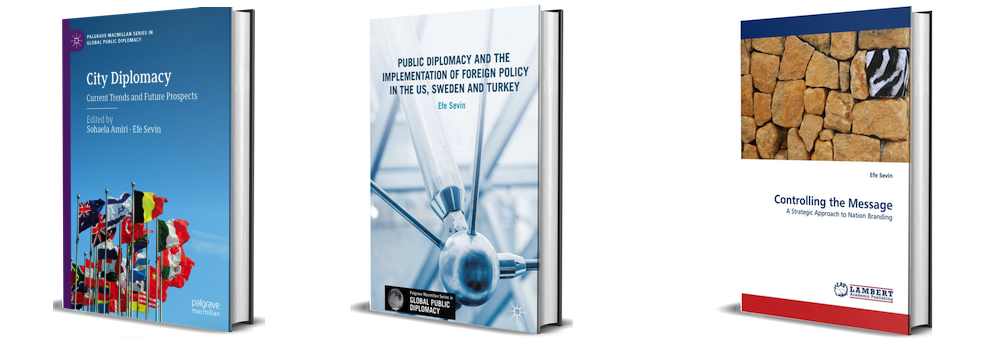As a doctoral student, I spend most of my time in the world of theory. In conjunction with my last post, I want to discuss what a practice-focused theoretical approach can do in place branding. And yes, I made up the term ‘practice-focused theoretical approach’.
Let me try to explain what I mean by the term. Again, as a disclaimer – I am in my third year of my graduate studies. Therefore, it is very difficult for me to talk about anything without referring to a theory. Why?
So, what is a place brand? Is it something objective that can be reach? Do we have a list of ‘must-have’s for an attractive place brand? Or is it case-specific? Does it depend on what people think about a place?
Similarly, what is place-branding? Is it trying to complete a list of ‘to-do’s? Is it communicating with foreign publics?
How do we measure the brand of a place? Based on what we understand from place brand and branding, we should be able to come up with measurement criteria. If our understanding of a place brand is based on substance, our measurement cannot be based on perception. (And we also should not claim nation branding does not exists when our measurement scale is inherently flawed.) (And by we, I mean Simon Anholt.)
What should I look at when I am in the field?
What should I do to improve the ‘brand’?
I try to introduce a critical-theory influenced approach to place branding and define the term as “a communicative action process in which legitimate actors engage in speech acts to reach a common understanding of a place”. This definition has its roots in Habermas and even to an extent Weber. I discuss how actors claim legitimacy, structure communicative action, make claims, and engage in ‘constative, regulative, and expressive’ acts. Yet, my ultimate goal in these discussions is to reflect on practice.
Here are some of my ‘academic’ conclusions:
– A place brand is created with an intersubjective relationship between a speaker and the audience.
– Creation of a brand and its communication are interactive.
– Place branding takes places in a political environment where power and legitimacy are fundamental concepts.
– Legitimacy is a sociologically relative term, and should be negotiated in every step of the social action.
One of my projects is based on this understanding of communicative action. We believe that a brand is an intangible and social constructed phenomenon, therefore a branding project should aim to intervene in the construction of the place image by the audience. Communicative action is based on a cooperative deliberation process. Therefore, the audience should be able to negotiate the meaning of the place with the speaker with the ultimate aim of reaching a common rational understanding of the place.
And the end product is….a website – Turkayfe.org. Long story short, theory does not necessarily complicate the social life for us. On the contrary, theoretical approaches simplify the reality to be analyzed more easily. Big theoretical studies are not confined to academic journals. If we can have a ‘practice-focused theoretical approach’, in other words use theory to come up with better practices; (a) we will have more robust projects, (b) we will have be able to craft better strategies.
PS: If you are interested, here is an article I wrote with Gizem about Turkayfe:
Sevin, E., & White, G. S. (2011). Turkayfe.org: share your Türksperience. Journal of Place Management and Development, 4(1), 80-92. doi:10.1108/17538331111117188
